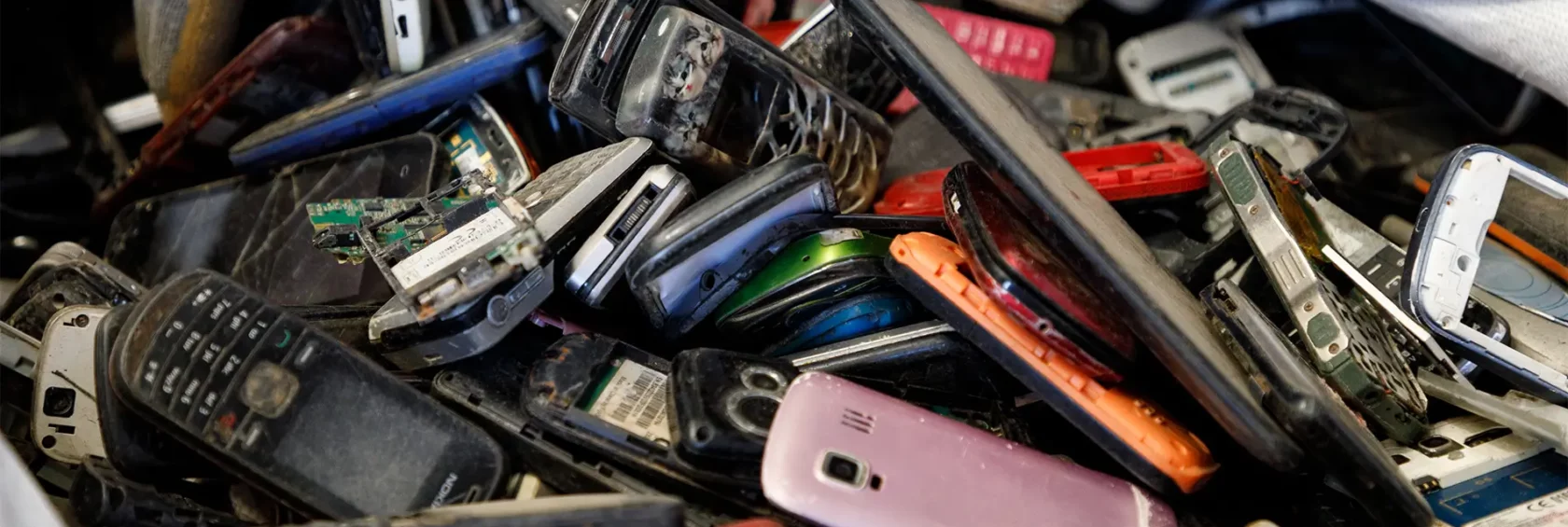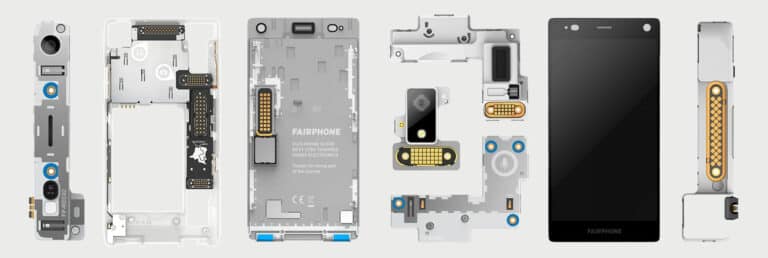What is device longevity?
It’s that time of the year again. Black Friday madness is almost upon us, and brands have started to go into overdrive with the deepest discounts and price slashing. There’s one mantra going around in corporate boardrooms right now. Buy. Buy. BUY. As a consumer, it’s a case of Christmas coming early. The question remains, though. At what cost?
Hey, we get it. If we’re being honest, the deals on display are almost impossible to resist. To paraphrase Vito Corleone (Godfather fans, anyone?), they are making offers we can’t refuse. That’s why, this shopping season, let’s ask ourselves a simple question before hitting that buy button.
“Do I really need a new device?”
Making a new device comes at a high environmental cost. Buying a new phone takes the same amount of energy as powering one for ten years. That’s fact. On an average, almost 75% of a smartphone’s total lifetime emissions happens during its production stage. It makes sense if you think about it. From the extraction of raw materials to its energy-intensive manufacturing processes and transportation, that’s a lot of greenhouse gases being emitted. So, by throwing away perfectly working devices and creating a demand for new devices, we are unnecessarily causing more emissions. Emissions that could have been avoided if these new phones were made later. And along with that, we add to one of the biggest problems facing the planet right now. We’re talking about electronic waste.
What is electronic waste?
Electrical and electronic waste, or E-waste, refers to electrical or electronic equipment that is waste, including all components, subassemblies and consumables that are part of the equipment at the time the equipment becomes waste.
UNEP, 2019
So, basically, any discarded electronic devices and components. These can include computers, smartphones, televisions, audio equipment, printers, and other electronic gadgets that are no longer functional, obsolete, or unwanted. Electronic waste is now the fastest-growing waste stream in the world, with millions of tonnes of electronic devices discarded each year and the number expected to double annually until 2050. These devices contain toxic substances that can contaminate the soil, contaminate the water, and then eventually, contaminate us as well. What’s worse, a lot of electronic waste from developed countries are dumped in developing countries, where there just aren’t proper facilities to treat all this garbage.
So what is the answer?
Well, device longevity is one of them.
Longevity is good. E-waste is bad.
Longevity, n.
Of a person or animal: the fact or quality of living a long time; long life. Also: duration of life.
Oxford Dictionary
Choosing device longevity is a powerful stand against the environmental impact of our consumption habits. How? Well, if everyone kept their devices longer, the demand for new devices would go down. And if the demand for new devices went down, then we wouldn’t need to make so many new devices. Which saves resources, avoids emissions, reduces potential electronic waste. You see how it impacts… well, everything! Which is why, this Black Friday, we need to ask ourselves…
“Do I really need a new device?”
If the answer is still yes, then might we suggest shopping refurbished? Refurbished goes a long way in extending device longevity. You’re literally giving an existing smartphone a new lease of life, instead of troubling the planet (and your pocket, might we add) with a brand-new device. Refurbished makes so much more sense. With a refurbished device, you’re getting a device that has been restored to almost-new, is under warranty, and costs a fraction of the original price. That’s peace of mind for you (and your bank account). Refurbished also ensures that the device stands a better chance living out all of its intended days as a working phone, as opposed to gathering dust and generally being of no use to anyone.
It’s time to say yes to embrace device longevity when it comes to our tech. It’s time to opt for repair instead of replace. It’s time to shop refurbished and go for better than new. Ultimately, that is the fairest thing we can do for the planet… and your pocket.



